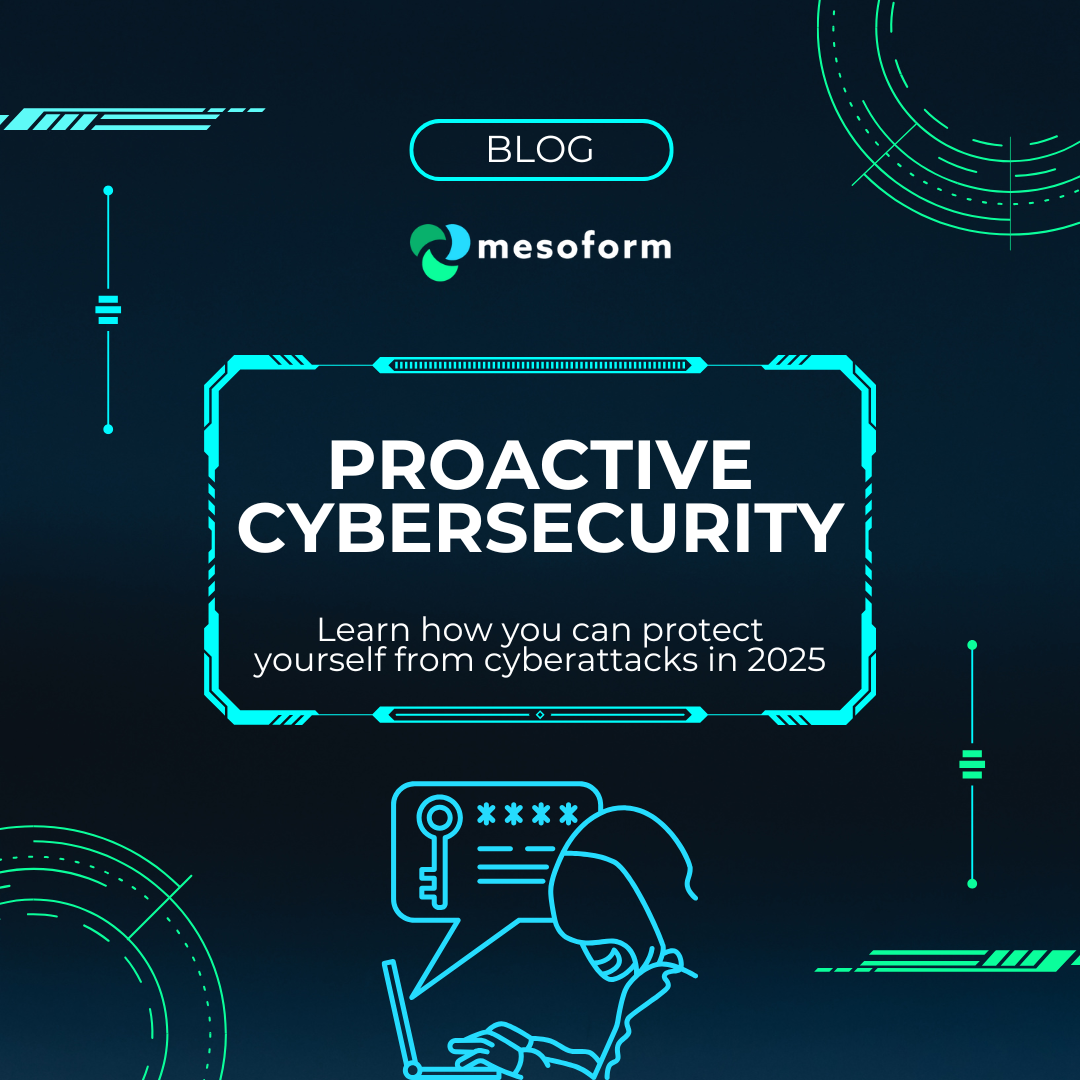1. Enable Multi-Factor Authentication (MFA)
MFA adds a critical layer of protection by requiring multiple verification steps. For everyday users, enable MFA on essential accounts like email, banking, and cloud services using app-based authenticators (Google Authenticator, Authy) instead of SMS codes. More advanced users can enhance security with hardware security keys (YubiKey, SoloKey).
2. Use Strong, Unique Passwords
Creating strong, unique passwords for every account prevents credential theft. Use passphrases combining letters, numbers, and symbols (e.g., "Sunrise!92&Mountains"). Password managers like Bitwarden, LastPass, or 1Password simplify storing and generating secure passwords. Enable biometric authentication and vault encryption for extra security.
3. Regularly Update Software and Devices
Keeping devices updated closes security gaps. Enable automatic updates on operating systems, apps, and firmware. Tech-savvy users can monitor the CVE database for emerging vulnerabilities and use tools like WSUS or Linux's unattended-upgrades for patch management.
4. Be Cautious with Phishing Attempts
Phishing scams are more sophisticated than ever. Be sceptical of unexpected emails, links, and attachments. Basic users should verify suspicious messages, while advanced users can implement email filtering tools like Microsoft Defender or Proofpoint. Organisations should adopt DMARC, DKIM, and SPF protocols to prevent spoofing.
5. Implement Zero-Trust Practices
Zero Trust means not automatically trusting any system or user. Limit data sharing on social media and adjust privacy settings. Advanced users can apply the principle of least privilege (PoLP) and use identity and access management (IAM) tools like Okta or Azure Active Directory.
6. Secure Home Networks
Protect your home Wi-Fi by changing the default router password and enabling WPA3 encryption. Segment smart home devices onto a separate guest network. Advanced users can use DNS filtering (NextDNS, OpenDNS) and keep router firmware updated.
7. Leverage Security Tools
Basic users should install reputable antivirus and firewall software. Advanced users can implement endpoint detection and response (EDR) solutions like CrowdStrike or SentinelOne and configure intrusion detection/prevention systems (IDS/IPS) like Snort or Suricata.
8. Back Up Data Regularly
Protect against data loss by following the 3-2-1 rule: three copies of data, on two different media, with one stored offsite or in the cloud. Use backup tools like Veeam, Acronis, or built-in options (Time Machine, Windows File History). Encrypt backups and test them regularly.
9. Monitor Accounts and Credit Reports
Regularly check financial statements and set up account alerts for unusual activity. Basic users can use free credit monitoring, while advanced users can implement SIEM tools (Splunk, ELK Stack) for real-time account monitoring. Use services like Have I Been Pwned to check for exposed credentials.
10. Stay Informed About Emerging Threats
Cybersecurity evolves rapidly. Follow trusted sources like the NCSC, KrebsOnSecurity, or The Hacker News. Participate in cybersecurity webinars or training. Advanced users can explore threat intelligence platforms and participate in Capture The Flag (CTF) challenges for hands-on learning.

Conclusion
As cyber threats grow more complex in 2025, you must take ownership of your cybersecurity. By implementing these proactive measures, you can significantly reduce your risk and contribute to a safer digital ecosystem. Security is not solely a corporate responsibility—it starts with you taking deliberate steps to protect your digital life.
At Mesoform, we specialise in delivering cutting-edge cybersecurity solutions tailored for both individuals and businesses. From advanced threat protection to comprehensive security assessments, our expert team is dedicated to keeping your digital assets safe.
Take the first step towards a more secure future—Visit Mesoform to learn how we can protect what matters most to you.
If you would like to discuss any of these topics in more detail, please feel free to get in touch



